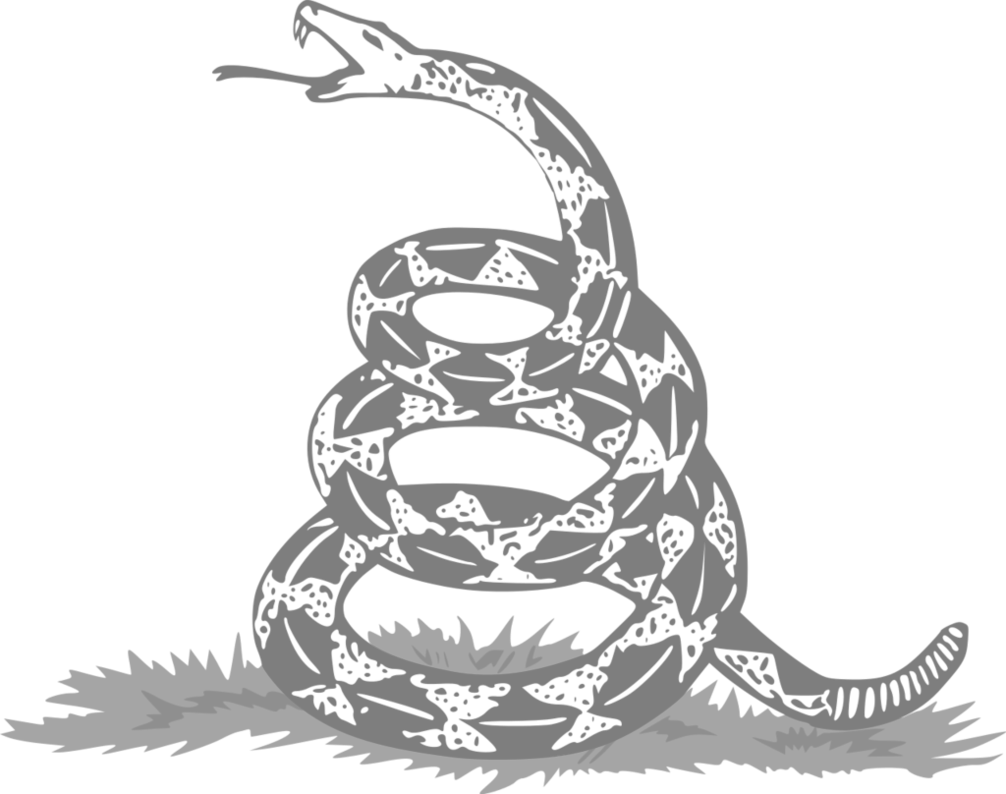Fishy Fisher
From Liberpédia
Irving « Fishy » Fisher est l’inventeur de la pifonoécométrie.
Les problèmes d’alcool de Fishy Fisher — ou comment noyer le poisson dans la gnôle
Esclavagiste-absurdiste, il était partisan de la prohibition d’alcool (XVIIIe amendement).
- Fisher’s estimate was based on uncontrolled experiments on the effect of alcohol on industrial efficiency. These experiments were made on one to five individuals who took strong doses of alcohol on an empty stomach before beginning work. These « studies, » some of which were based solely on the effects of alcohol on the experimenter himself, found that average efficiency was reduced by 2 percent per drink.
- Vilfredo Pareto wrote Fisher an eight-page letter in which he spoke scornfully of the « adversaries of mathematical methods; » and praised Fisher’s distinction between utility of « that which cannot be useful, and that which is really useful. »[7] It was this distinction that Fisher used later in the analysis of alcohol consumption.
- Up to this point it is unnecessary to quarrel with Fisher’s argument; but now follows a jump that neatly avoids all the difficulties of the problem. That is to say, Fisher simply continues, as if he were ~tating something quite self- evident: ’Then the utility ofthe 150th loafis said to be halfthe utility of the looth.’ Without any further explanation he then calmly proceeds with his problem, the solution of which (if the above pro- position is accepted as correct) involves no further difficulties,
- Fisher admitted that there are problems with utility (or value) measurements. According to Fisher one can avoid this diffi culty by inventing some form of “util.” A util is when two subjective utilities are compared to a third utility (Fisher 1892, pp. 14–16).7 Let us assume we are interested in arriving at the ratio of utility between the 100th loaf of bread and the 150th loaf. Fisher advises us to contrast them with (say) the utility of B gallons of oil. He further assumes that utility of the 100th unit of bread is equal to the utility of the last unit of B, and the utility of the 150th unit of bread is equal to B/2 unit of gallons of oil: Utility of 100th loaf = utility of B; and Utility of 150th loaf = utility of B/2. From these two equations Fisher infers that he is capable of arriving at such a ratio that the 100th loaf is two times more useful than the 150th loaf. Th us: Utility of 100th loaf : utility of 150th loaf = utility of B : utility of B/2 = 2. Now the same process can be repeated for all the goods, and the util is thus provided (Fisher 1892, p. 18). In this way even though utilities are subjective and ordinal, utilities of various goods can be expressed in terms of each other. One good provides the standard. Every other good’s utility is expressed as a multiplication or a division of this basic good. Th e mistake in this thinking is quite clear, the fi nal result, “2,” is a non sequitur. Th ere is no reason to believe that the supply of B gives two times more utility than half of that supply,8 unless one is implicitly assuming such a thing. But if that is the case, then Fisher did not arrive at a proper ratio of utilities from ordinal rankings. Instead he assumed that there is some form of measurement that can be performed. Mises recognized this and commented: “Just as justifi ably as he assumes that the utility of B is equal to twice the utility of B/2, he might have assumed straightaway that the utility of the 150th loaf is two-thirds of that of the 100th” (Mises 1981, p. 56).
- The American economist Irving Fisher has attempted to approach the problem of value-measurement by way of mathematics.! His success with this method has been no greater than that of his prede- cessors with other methods. Like them, he has not been able to surmount the difficulties arising from the fact that marginal utility diminishes as supply increases, and the only use of the mathematics in which he clothes his arguments, and which is widely regarded as a particularly becoming dress for investigations in economics, is to conceal a little the defects of their clever but artificial construction.
